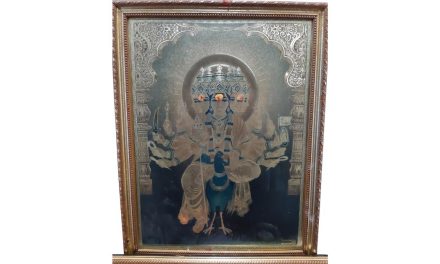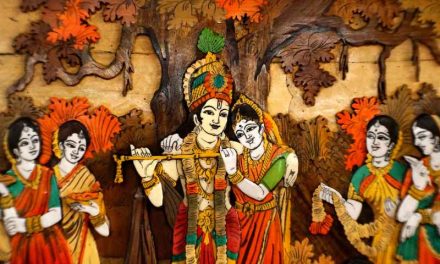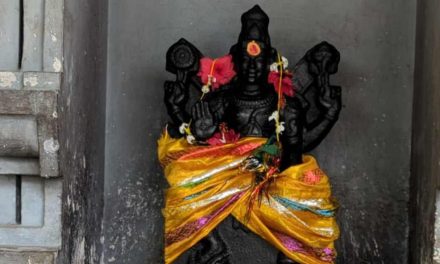The Sanyasa Upanishads are a group of minor Upanishads of Hinduism that deal with the topic of renunciation, monastic practice, and asceticism. ² They are part of the Vedanta school of Hindu philosophy, which asserts that the ultimate reality is Brahman, the supreme self or spirit. ³
What is Brahman?
Brahman is the Sanskrit word for absolute reality, the source and essence of all existence. Brahman is not a personal God, but a transcendent and immanent principle that pervades everything. Brahman is described as infinite, eternal, blissful, pure, and indivisible. Brahman is also identified with Atman, the innermost self or soul of every living being. ³
What is Atman?
Atman is the Sanskrit word for the individual self or soul. Atman is the innermost essence of every living being, the witness and experiencer of all states of consciousness. Atman is also identical with Brahman, the supreme self or spirit. This identity is expressed by the famous Vedantic formula: Tat Tvam Asi (That Thou Art). ³
What is Maya?
Maya is the Sanskrit word for illusion, appearance, or magic. Maya is the power of Brahman that creates and sustains the phenomenal world of names and forms. Maya is also the cause of ignorance and bondage for the individual self, who forgets its true nature as Brahman and identifies with the body and mind. Maya is not real in itself but depends on Brahman for its existence. Maya can be overcome by knowledge, detachment, and devotion. ³
What do the Sanyasa Upanishads teach about Brahman, Atman, and Maya?
The Sanyasa Upanishads teach that the ultimate goal of human life is to realize one’s identity with Brahman and attain liberation from the cycle of birth and death. This can be achieved by renouncing worldly attachments and pursuing a life of meditation, contemplation, and service. The Sanyasa Upanishads also emphasize the ethical and spiritual qualities of a renunciant, such as compassion, humility, purity, and self-control. ²
Some examples of the teachings of the Sanyasa Upanishads are:
- The Brahma Upanishad states that Brahman is beyond speech and mind, but can be realized by one who has renounced all desires and attained purity of mind. It also describes four states of consciousness (waking, dreaming, deep sleep, and turiya) and four seats (heart, throat, forehead, and crown) for meditating on Brahman. ¹
- The Paramahamsa Upanishad states that a Paramahamsa (supreme swan) is one who has realized his identity with Brahman and lives in a state of blissful detachment from the world. It also gives instructions on how to practice renunciation, such as wearing ochre robes, begging for food, wandering freely, and avoiding social contact. ²
- The Jabala Upanishad states that a sannyasi (renunciant) should discard his sacred thread, shave his head, adopt a new name, and perform his own funeral rites. It also gives a list of twelve names for different types of sannyasis based on their level of realization and mode of conduct. ²
Conclusion
The Sanyasa Upanishads are valuable sources of wisdom for those who seek to understand the nature of reality and attain liberation from suffering. They teach that Brahman is the ultimate reality, Atman is the individual self and Maya is the illusion that obscures their identity. They also teach that renunciation is the means to overcome Maya and realize one’s true nature as Brahman.
Works Cited:
(1) Sannyasa Upanishads – Wikipedia. https://en.wikipedia.org/wiki/Sannyasa_Upanishads
(2) Brahman – Wikipedia. https://en.wikipedia.org/wiki/Brahman
(3) Brahma Upanishad – Wikipedia. https://en.wikipedia.org/wiki/Brahma_Upanishad





